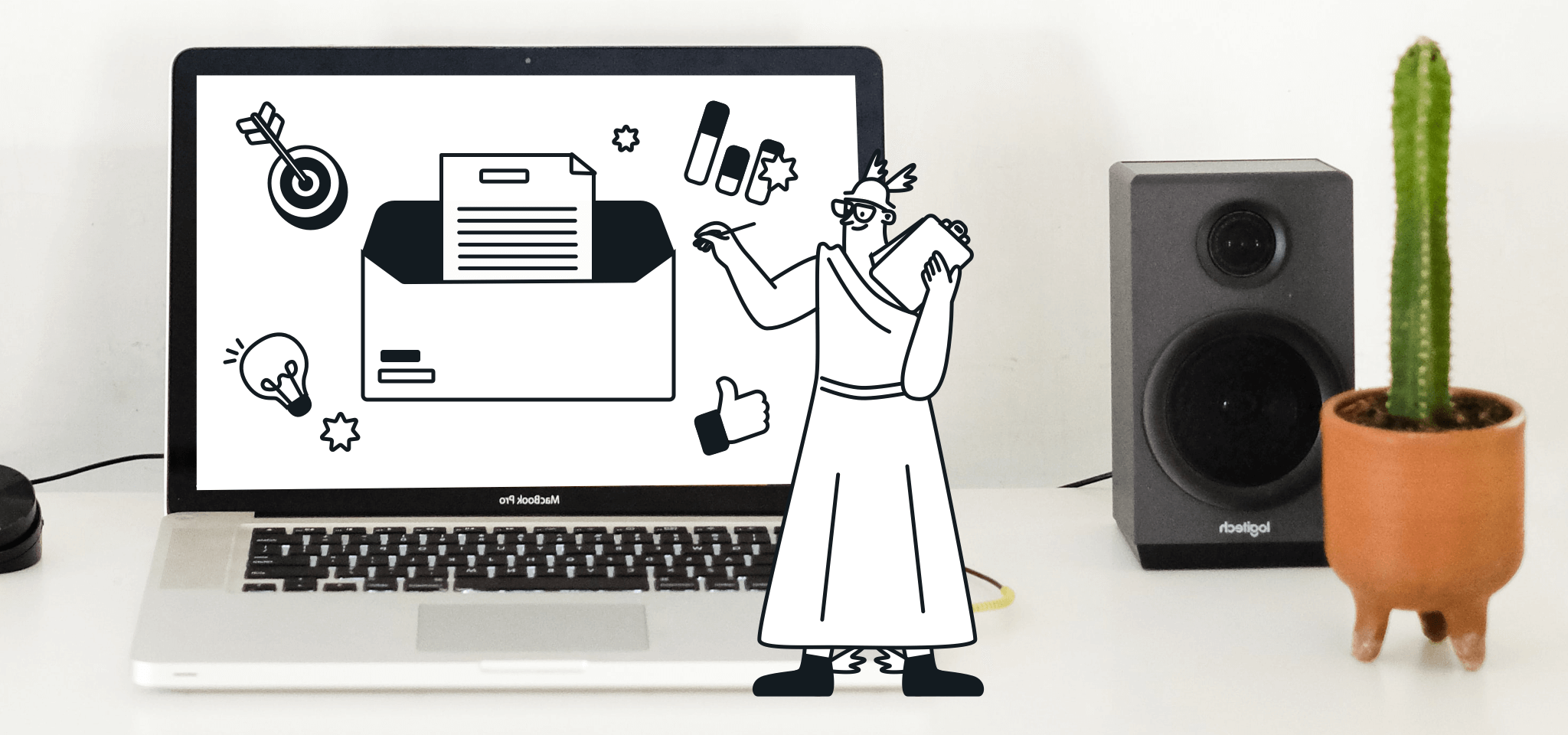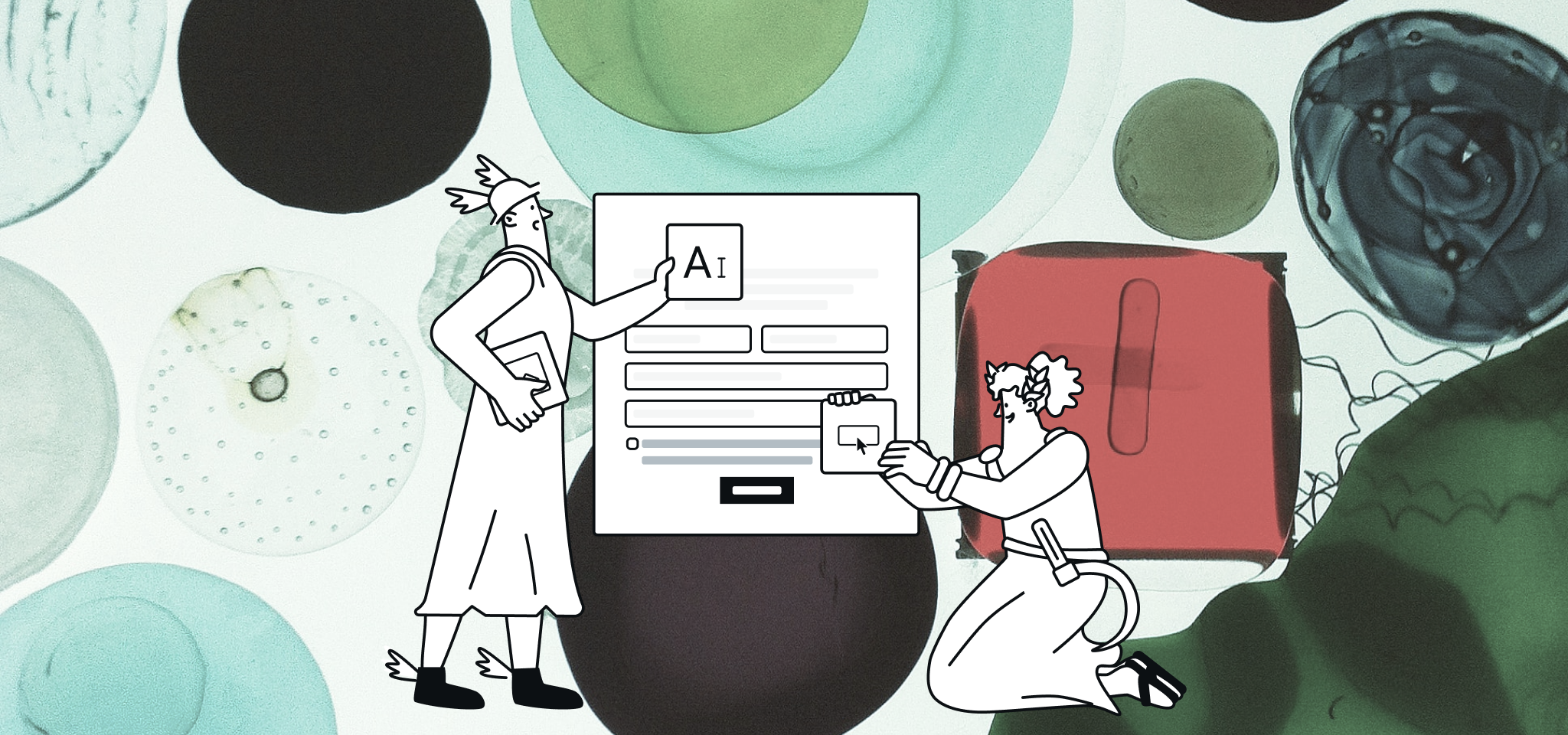Home
The Mailjet Blog
Email best practices
5 Psychological Principles for Engaging Emails that Get Opened
Email Best Practices
5 psychological principles for engaging emails that get opened
Apply these 5 principles to your emails to boost engagement

PUBLISHED ON
Welcome to another edition of Flight School Friday! And today’s topic is email engagement.
Email engagement is a fancy way to talk about whether your customers pay attention to the emails you send them. It can be measured in quantitative terms via metrics such as open rates and clicks rates.
Why does it matter if a portion of your list ignores your emails? Bigger lists are better, right?
Welcome to another edition of Flight School Friday! And today’s topic is email engagement.
Email engagement is a fancy way to talk about whether your customers pay attention to the emails you send them. It can be measured in quantitative terms via metrics such as open rates and clicks rates.
Why does it matter if a portion of your list ignores your emails? Bigger lists are better, right?
Well, there are several reasons why having an engaged email list is important. First of all, it means you are not spending money on subscribers who don't read your emails, as your email service provider charges you according to the size of your list. Secondly, people often mark opted-in emails as spam instead of unsubscribing when they are no longer interested in the content, so having an engaged email list should mean higher inbox placement.
It's old news that our inboxes are swamped with emails. That's why we covered apps that help you control the flow of emails in your inbox. Part of the reason why people feel overwhelmed by emails is that humans are cognitive misers, meaning we have to budget our mental resources.
By tailoring your email campaigns to fit with established psychological principles on how people think, you will make it easier for customers to engage with your emails. You'll benefit from higher engagement rates and therefore higher returns on email marketing. And because you'll include stories and promotions in your emails, your customers will find your emails more fun to read.
Here are five different ways to do just that:
1. Don't make it hard to choose

Too much of a good thing? Credit: garryknight
Emails are increasingly read on mobile devices, and people often spend seconds reading emails. The more choices you give people, the more likely they are to move on to the next email. In a study at Columbia University, Sheena S. Iyengar found that people were more likely to purchase when confronted with 6 choices of jam, rather than 24 or 30 choices. More importantly, they reported greater satisfaction with their choice when selecting from the smaller set.
For example, an email with a button to signup, a link to read the latest article on the company blog and a new video on YouTube may result in readers deciding simply to do nothing. Therefore, make it easy for customers to take the most important action in an email by reducing choices to the essentials.
2. Give a little!
In Influence: The Psychology of Persuasion, Robert Cialdini gave the example of members of the Hari Krishna movement who would give a flower to people arriving at an airport, because those people would then be more likely to donate to the Hari Krishna cause.
The point is not that you should start giving your customers flowers (but we're not against the idea), but that reciprocation is a powerful social influence. Your emails can't just always be requests to do something. You need to give back if you want them to engage with your emailing campaigns.
A simple example is sending a special promotion to the most engaged members of your email list and telling them that you're grateful for their attention. Another common approach is offering a free guide or course in return for signing up to your newsletter.
3. Don't ask for their hand in marriage on the first date
The author of The Power of Persuasion spent weeks as a car salesman to glean insights into the sales process. He discovered that top sales people look for small commitments from potential customers to move them step-by-step towards a big purchase.
You can use this principle in email marketing by inviting people to check out whether you have a certain pair of shoes in their size, rather than asking them to buy now. When asking people to signup to your newsletter, make sure it is very easy to unsubscribe and tell them this at the signup stage.
People often need time to make a decision, and you can respect that by giving them smaller steps to take.
4. Does the last cookie really taste better?

Obviously, far too many cookies. Credit: jules:stonesoup
In a 1975 study, undergraduates, when presented a full cookie jar and one almost empty, preferred the cookies in the almost empty cookie jar.
We're more interested in products or services when they are scarce. This is the scarcity principle that you often see reflected in time-limited offers and invitation-only applications (think Gmail and Facebook in the early days).
Consider harnessing scarcity in email marketing by offering exclusive offers only to customers who sign up to your email list. Worried that no one will sign up for your webinar? Highlight the fact that spaces are limited, and give them the option of signing up directly from your email.
5. Stories are fun to read
Humans love stories, because they help them understand the world around them and assign meaning to raw information. So good is our ability to spin stories that we often invent stories where none are there.
Not convinced? Check out this video and try not to pretend you don't see an entire story unfolding:
This is the reason Apple releases videos of Johnny Ives talking about the journey towards creating a new product. It's no longer a product launch; it's the final step in an epic journey.
Regardless of how your size and industry, there's always a story to tell about a new product launch, a new feature or even a milestone in your growth as a company. Every new step a company takes has a rich backstory of failures, challenges, discoveries and successes. Put these stories front and center in your emails, and you'll have more engaged customers who will want to read your emails.
And doesn't that beat reading a dry list of features in the latest release of a SaaS app?
Email marketing can be informed by psychological principles to be more persuasive and engaging for customers. Ultimately, it's about making it easier for customers to take the decisions they want to take.
Any stories of how you've made your emails more engaging? We'd love to hear them.
[ Posted Fri, 13 Jun 2014 09:18:07 ]








